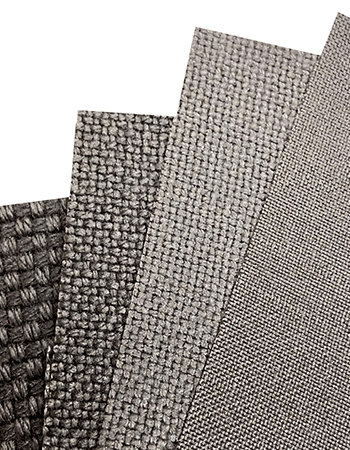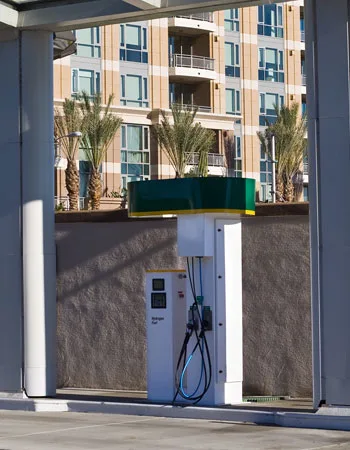Carbon porous transport layers play a pivotal role on the cathode side of an electrolyzer system. These layers are highly porous and conductive and provide mechanical compliance to account for manufacturing tolerances of other components. Additionally, carbon's chemical stability and electrical conductivity make it an ideal choice for electrolyzer applications. By enabling efficient hydrogen production, carbon materials contribute significantly to the performance and viability of electrolyzer systems, advancing the development of sustainable and clean energy technologies.



